
1. Anna Karenina

It's characterized by many as "one of the greatest love stories in world literature." It was first published in Ruski Vestnik magazine between 1873 and 1877 and was first published as a book in 1878. Along with War and Peace, it is considered one of the author's leading works, as well as world literature. Tolstoi describes how a person's passion can lead him to personal drama and destruction, while psychologically analyzing human characters.
2. War and Peace
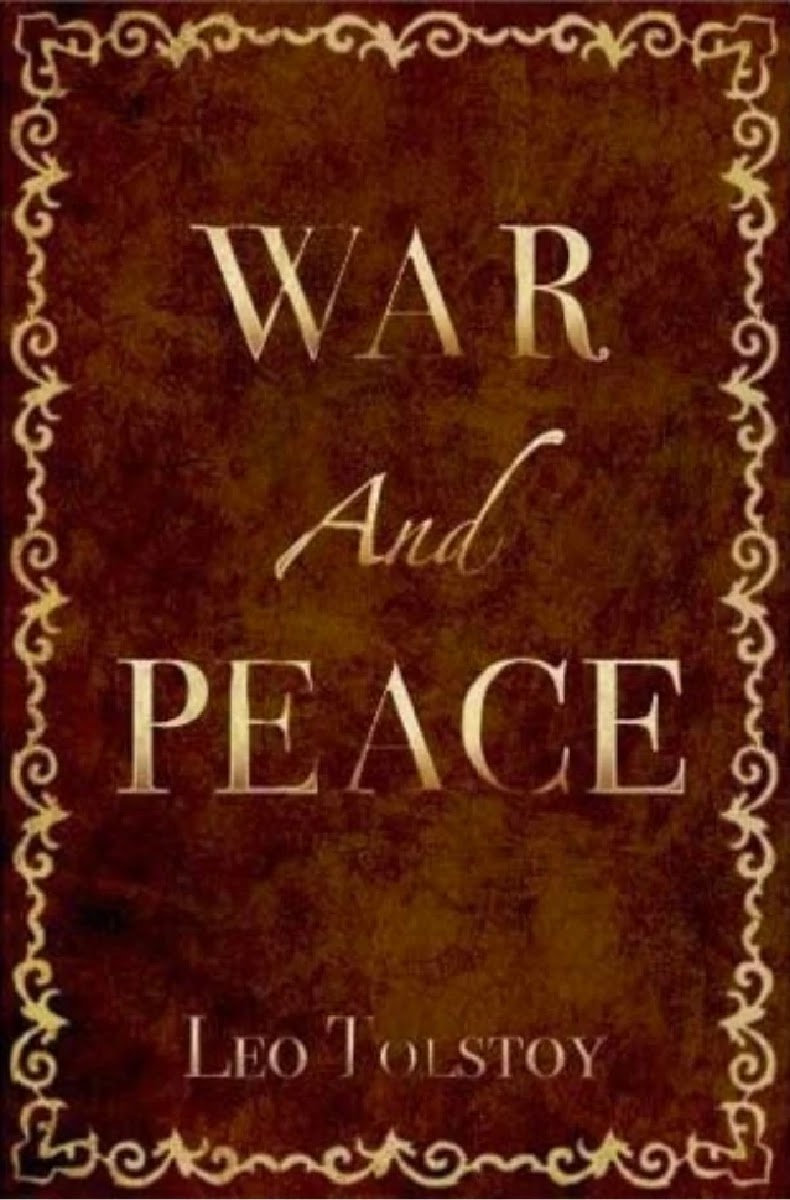
No document, historical or artistic, gives us as vividly and so in detail the life, character, and psychology of the Russian and Russian people of the pre-revolutionary era as L. Tolstoy's "War and Peace." This deep and detailed anatomy of the individual and group soul makes the book interesting for every person, of any latitude and any era.
3. Crime and Punishment

This work, with all its unimaginable evolution in all areas of Spirit and Art, remains a classic and unbeatable model of the psychological novel. All the heroes of the play: the demonic Raskolnikov, the tragic Marmelandov, the martyred Sonia, the tortured Pulcheria Alexandrovna, the satanic Porphyris Petrovich, the wonderful Dunia, all of them, the Romans, or the lustful Svindriga, all eternal human types, stand before us, either enraged or sad or sarcastic. Their presence never leaves us, no matter how many years pass from our first acquaintance with them.
4. The Brothers Karamazov
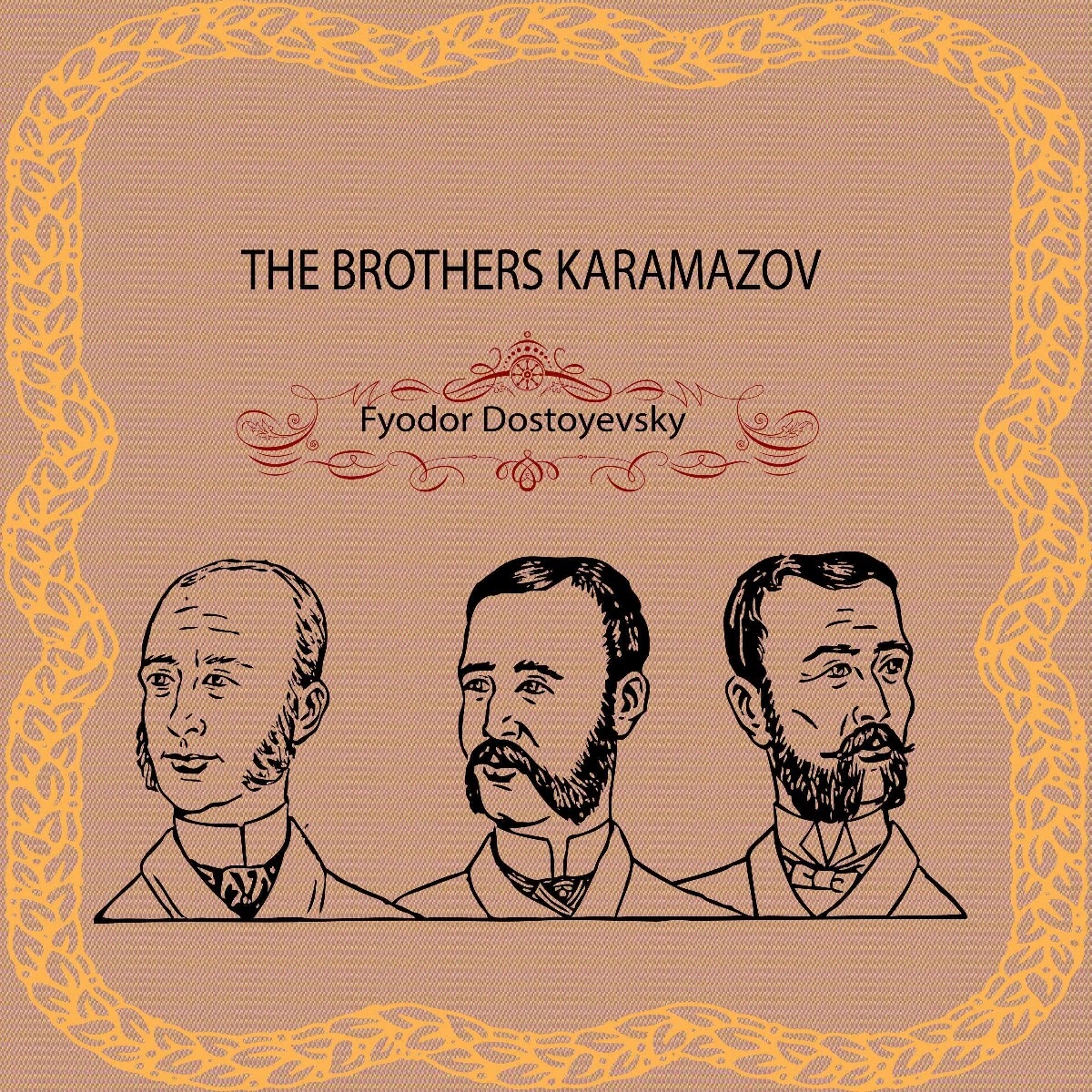
The Karamazov Brothers are Dostoevsky's last book. The work was written during the years 1879-1880. The author intended to be the first part of a more extensive work, starring Aliosa Karamazov, entitled "The Life of a Great Sinner," however the work remained unfinished, as the author died in 1881.
5. Great Expectations
 border="0" src="https://blogger.googleusercontent.com/img/b/R29vZ2xl/AVvXsEgKsUaFszZfs3CgPN_cOxYbLYI6aLclEs9wg3TqB2P2QF3tGz2Sy_ehkcCg-aveB9g3LzJAVoc2cVE-Al8ElBvTRooAkV657wuZgp0OffzYfl-uCehfZP-1j8_ZQ4dQmDDy5A7EasI2Nxk/s1600/15+Long+Classic+Reads+To+Keep+You+Company+During+Quarantine+5.webp" data-original-width="787" data-original-height="1200" />
border="0" src="https://blogger.googleusercontent.com/img/b/R29vZ2xl/AVvXsEgKsUaFszZfs3CgPN_cOxYbLYI6aLclEs9wg3TqB2P2QF3tGz2Sy_ehkcCg-aveB9g3LzJAVoc2cVE-Al8ElBvTRooAkV657wuZgp0OffzYfl-uCehfZP-1j8_ZQ4dQmDDy5A7EasI2Nxk/s1600/15+Long+Classic+Reads+To+Keep+You+Company+During+Quarantine+5.webp" data-original-width="787" data-original-height="1200" />The story of the poor, orphaned Pip, who, while living an unhappy life in his miserable village, next to Kent's swamps, suddenly sees the chance to smile at him. (But does she really smile at him, or does she make fun of him?) A great legacy awaits him. And suddenly, everything changes around him and inside him. His path intersects with the streets of strange people: The fugitive Maguic, the crazy Miss Havisham, the beautiful heartless Estella, the cunning lawyer Jaggers and many others confuse the life and soul of the hero. Characters that the pen of Charles Dickens, one of the greatest writers of all time, brings to life with the most beautiful touches and the subtlest psychological nuances, with humor and dramatic intensity, setting a substantial plot in the dark London scene of the beginning of the past century.
6. Doctor Zhivago

The book "Doctor Zhivago" remains a unique narration of the events of Russian history of the first decades of the century, a great love story, and a period of tensions, frustrations, and hope.
7. The Count of Monte Cristo
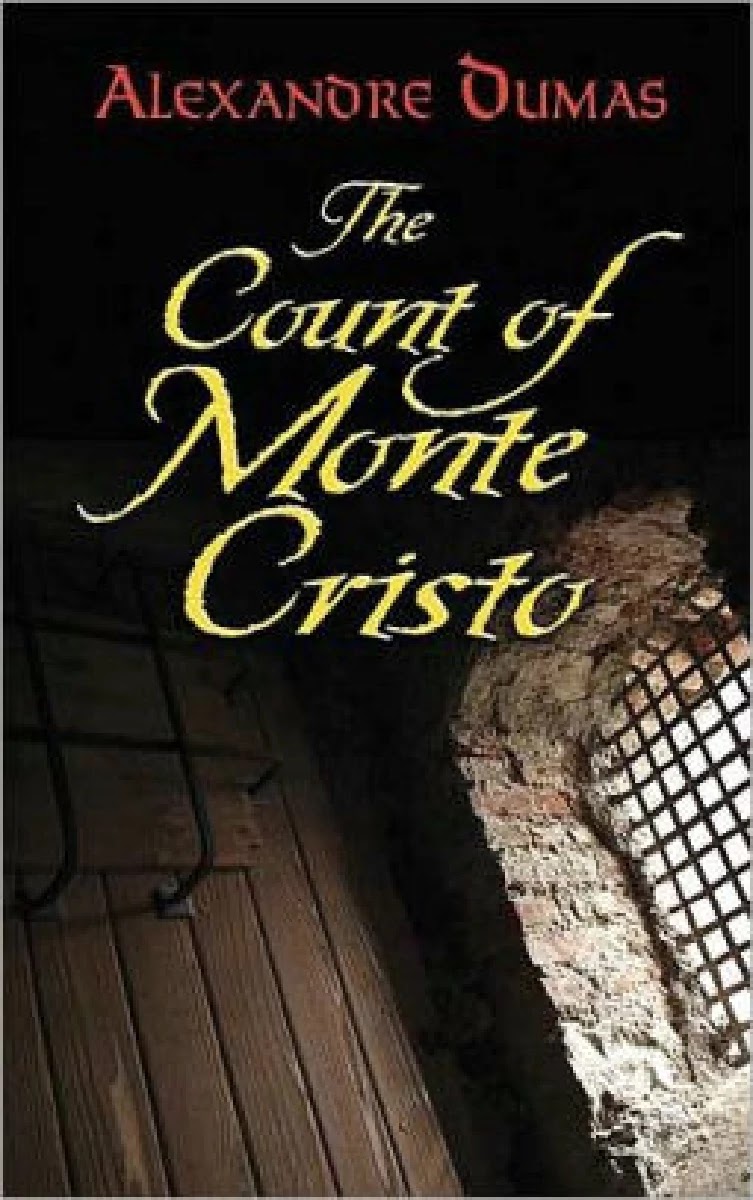
"All human wisdom is in two words, 'Waiting and Hope,'" writes Alexander Dumas to Count Montecristo (1844-1845). Giving the stigma of the action of his central hero, the mysterious punisher-avenger Montecristo, who comes to bring justice in a world of corrupt bourgeois and romantic nostalgic for Bonapartism.
8. Gone With The Wind
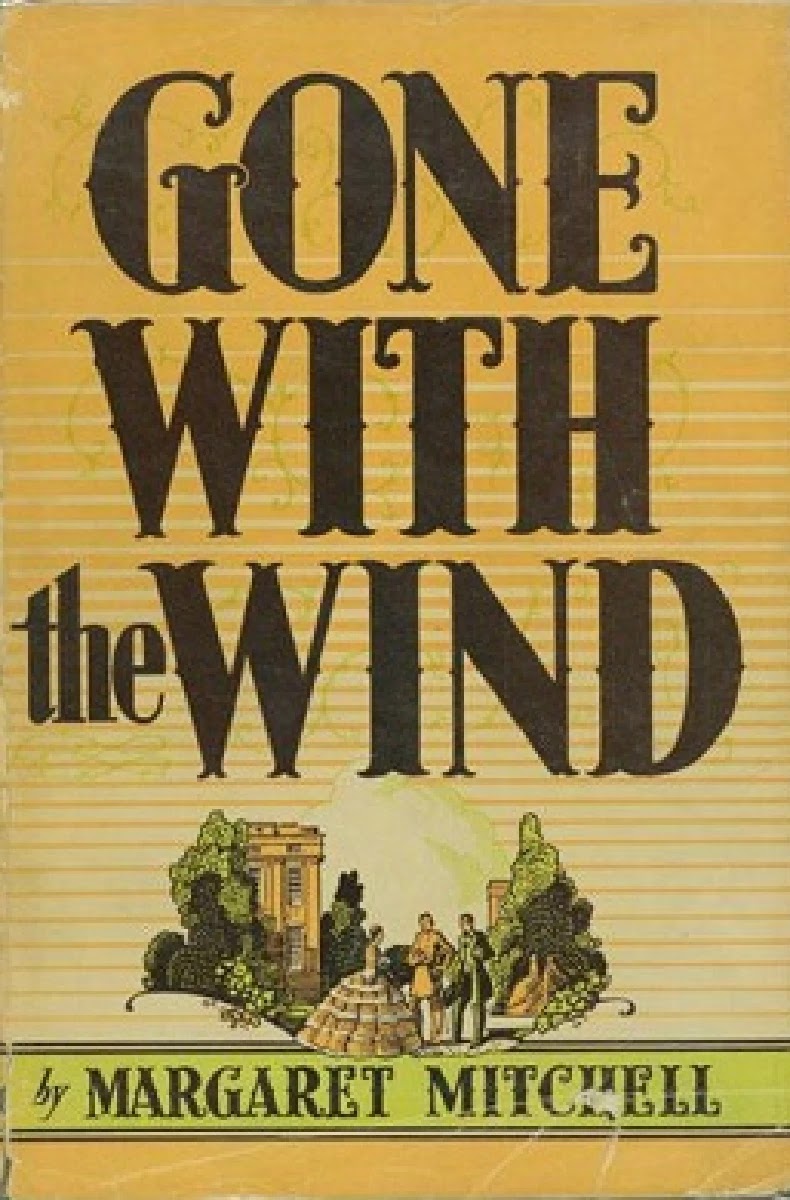
Gone with the Wind, one of the most widely read books of world literature, known for his poetic nostalgia, the narrative of grace, and evocative atmosphere. Against the backdrop of the American Civil War, Margaret Mitchell sketches embossed immortal characters.
9. The Name Of The Rose
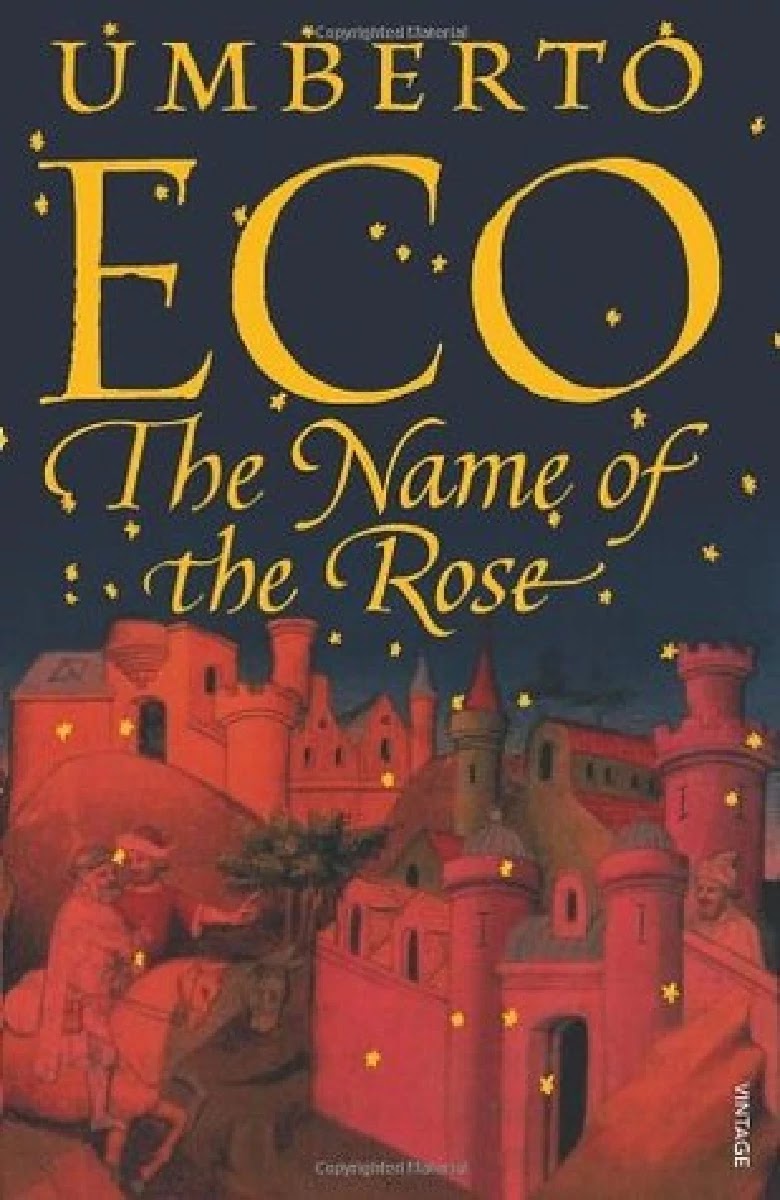
The symbolic first novel by Uberto Eco that gave him the ticket to the pantheon of the leading thinkers of literature. "Do you want to do philosophy?" Write a novel. The prompt belongs to Albert Camus, and it seems that this is precisely what Uberto Eco decided to follow when he made his first appearance in the field of fiction with The Name of the Rose.
10. The Man Without Qualities
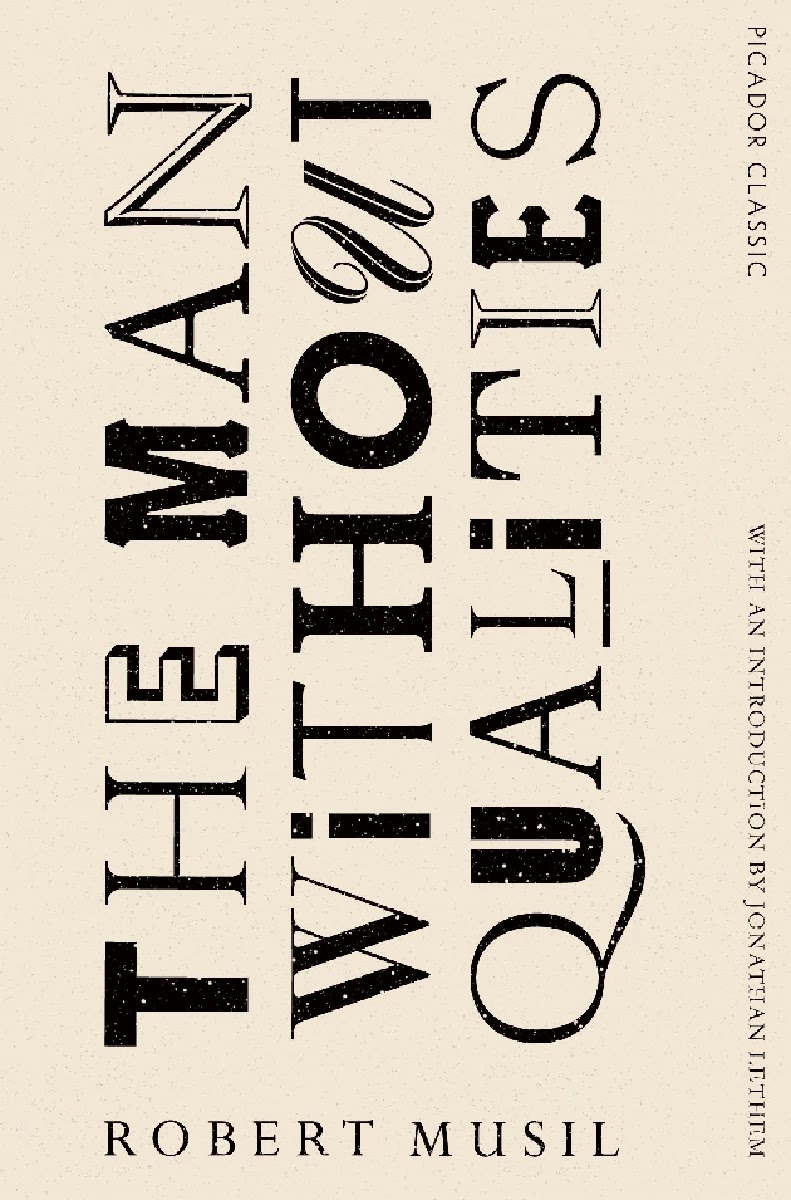
The man without qualities is a story that lasts a year: from 1913 until the outbreak of the First World War. The object is the reality on the eve of the war, as experienced by Ulrich, the man without qualities. It is a grandiose attempt to synthesize the world of things with the world of emotions and ideas an effort to undo all the opposing pairs, all the dualisms that dominate the human consciousness.
11. Les Miserables

"Les Miserables was written for all nations. I don't know if everyone will read the work, but I wrote for them all... where the man lives uneducated and desperate, where the woman sells her body for a bite of bread, where the child suffers from illiteracy and lack of education, the book "Miserables" knocks on the door shouting loudly: "Open for me! I'm coming for you! In the dark spot of today's civilization, the Miserable is called Man, who struggles under all climates and regimes, who groans in all languages."
12. Don Quixote

Τhe first novel to be published in two parts, in 1605 and 1615. Οne of the novels that significantly influenced Spanish literature. Οne of the most inspiring works of modern Western literature. The play describes the adventures of the protagonist Alonso Quixano, a simple farmer who, having read many books on chivalry, believes that he is a knight and takes the name Don Quixote.
13. The Grapes Of Wrath
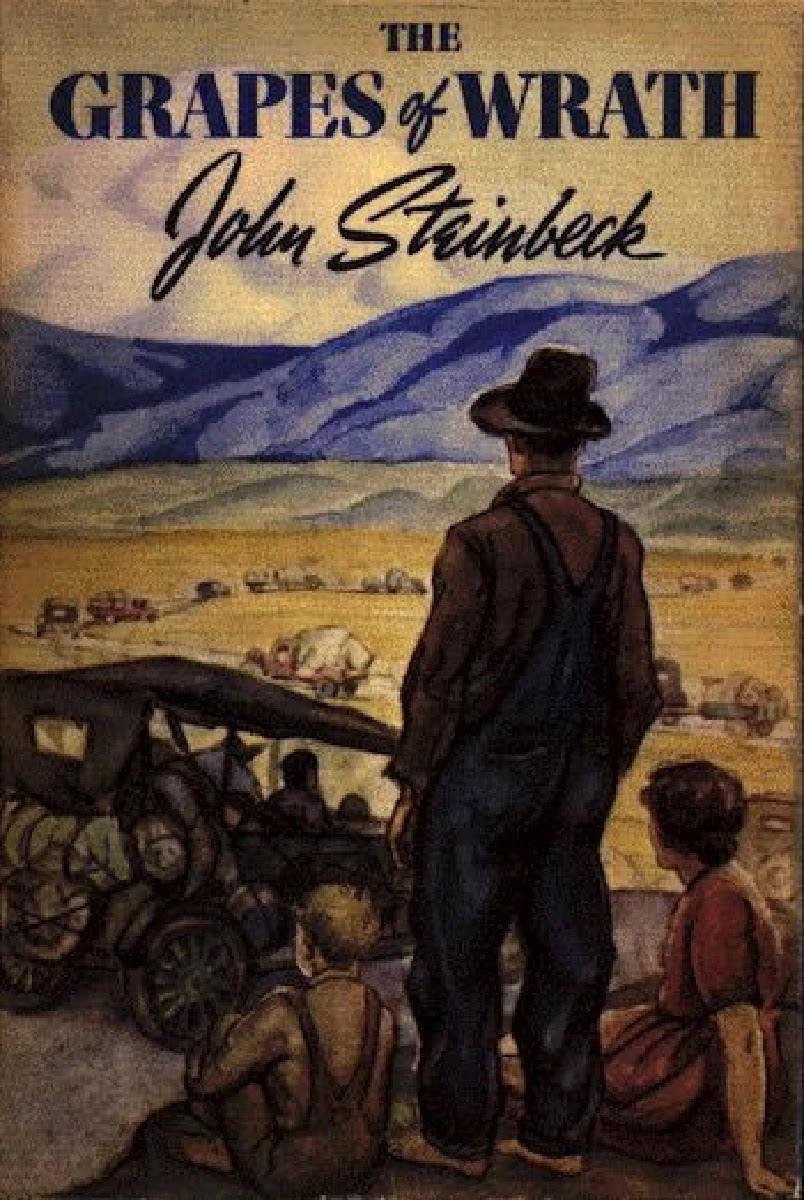
Few novels have ever come to symbolize an entire era. And the most striking of these is the most talked-about American book of the 20th century. The time period is set in the 30s, the big crash, the archetypal economic crisis that was impressed with horror in the collective fantasy. And the writer who described it and explained it so loudly and so clearly that his work will go down in history forever, is John Steinbeck, with "Grapes of Wrath." The "Grapes of Wrath" is a hymn to man and humanity, to the power of the family, to the small acts of human goodness. Through the story of the Jude family, uprooted and displaced, a truth is proclaimed: and this truth, given by a literary immediacy that is riveting, is absolute and as compelling today as it was when it was first written.
14. Jane Eyre
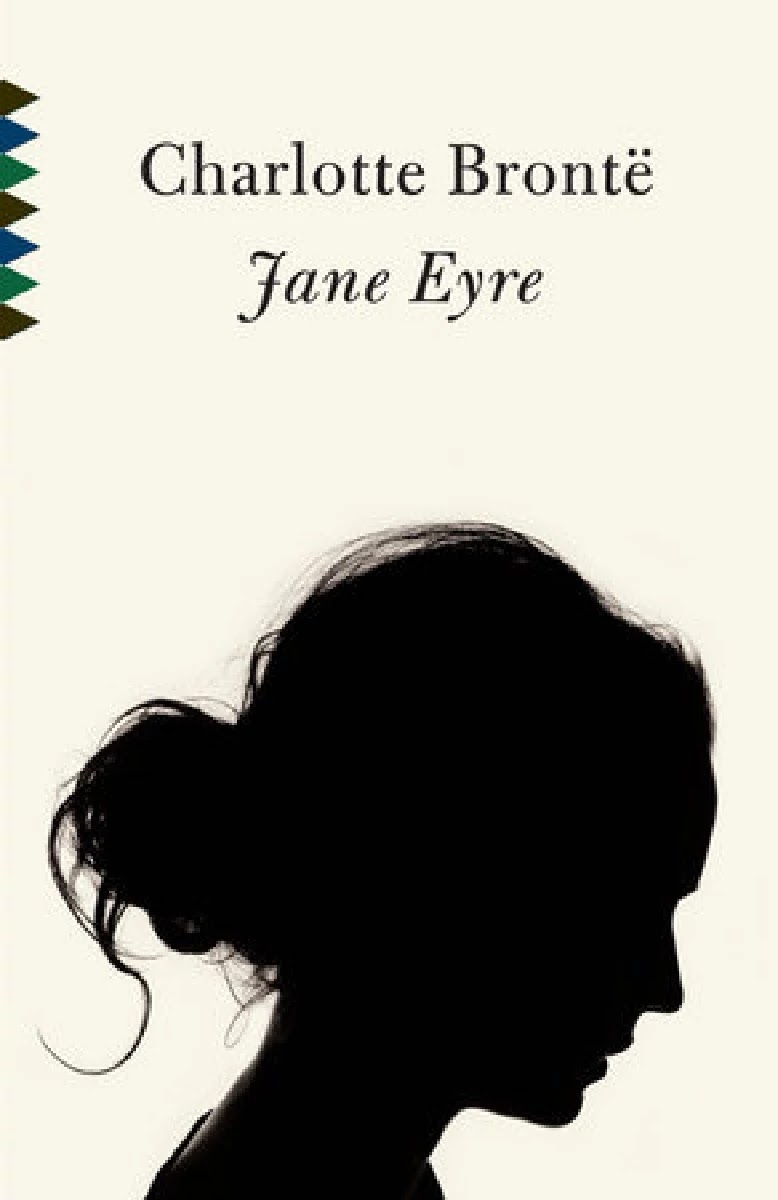
Jane is poor, orphaned, and not very beautiful. Her future is bleak. Her aunt and cousin dislike her. Life at Lowood's institution is hard and dangerous. Where can young Jane draw inner strength from? Instead of the love and affection she seeks, Jane is confronted with horror, cruelty, poverty, and temptation. Is she strong enough to do what she has to do? Ethics, God and Religion, Social Class, Relationships between the two sexes, Love and Passion, Feminism, Atonement and Forgiveness, search for Homeland and Family. And all this from a woman in the middle of the 19th century.
15. The Divine Comedy

Τhe whole "Divine Comedy" is full of symbols. The wisdom of the Middle Ages has been concentrated in this work. And not just wisdom. Despite all the passions of the Middle Ages. The greed that people had then to live, to love, to hate, to gain strength, and at the same time, the medieval terror for Hell, for God who sees everything and nothing forgives and does not tolerate rebellion.















COMMENTS